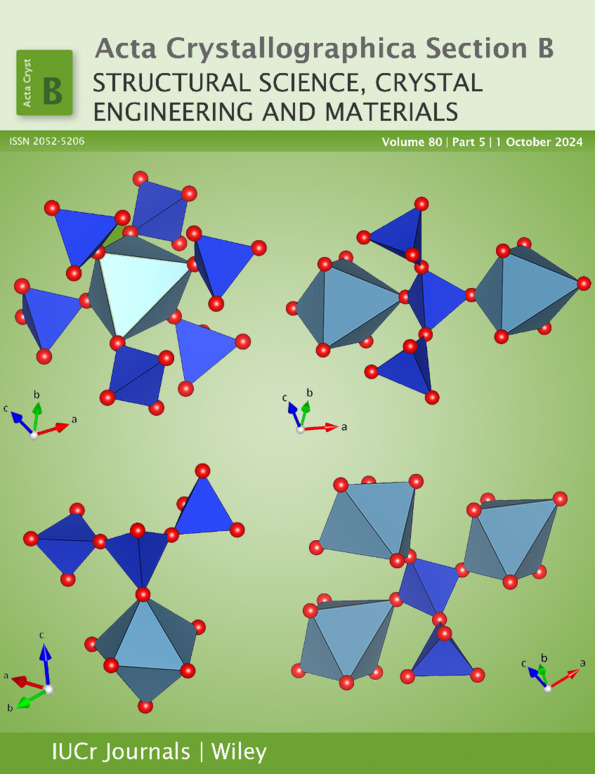Low-dimensional metal–organic frameworks: a pathway to design, explore and tune magnetic structures
Abstract
The magnetic structure adopted by a material relies on symmetry, the hierarchy of exchange interactions between magnetic ions and local anisotropy. A direct pathway to control the magnetic interactions is to enforce dimensionality within the material, from zero-dimensional isolated magnetic ions, one-dimensional (1D) spin-chains, two-dimensional (2D) layers to three-dimensional (3D) order. Being able to design a material with a specific dimensionality for the phenomena of interest is non-trivial. While many advances have been made in the area of inorganic magnetic materials, organic compounds offer distinct and potentially more fertile ground for material design. In particular magnetic metal–organic frameworks (mMOFs) combine magnetism with non-magnetic property functionality on the organic linkers within the structural framework, which can further be tuned with mild perturbations of pressure and field to induce phase transitions. Here, it is examined how neutron scattering measurements on mMOFs can be used to directly determine the magnetic structure when the magnetic ions are in a 2D layered environment within the wider 3D crystalline framework. The hydrated formate, in deuterated form, Co(DCOO)2·2D2O, which was one of the first magnetic MOFs to be investigated with neutron diffraction, is reinvestigated as an exemplar case.




